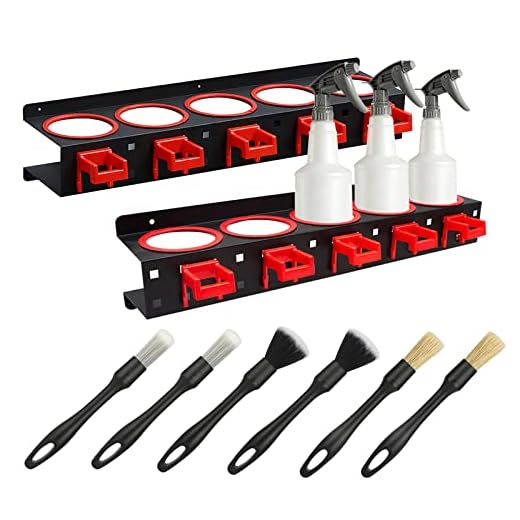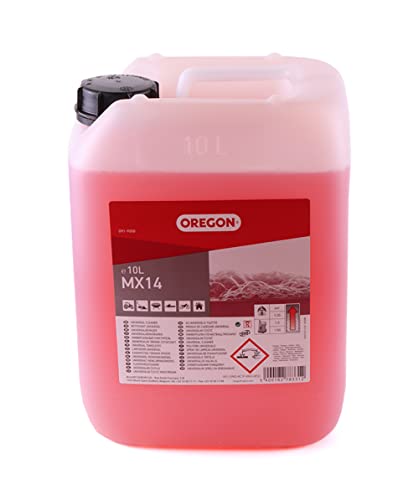



Using high-pressure cleaning equipment on vehicles requires careful consideration of settings and techniques. Contrary to popular belief, this method can cause significant issues if not conducted with precision. I’ve spent over a decade in the cleaning equipment industry, studying a multitude of devices, and am well aware of the risks involved.
Optimally, maintaining a safe distance from the surface is vital. A PSI rating exceeding 1500 can risk harm to delicate components and paint finishes, especially if aimed too closely. It’s advisable to utilise a fan spray nozzle to disperse the force and lessen the impact, ensuring a gentler approach that won’t compromise integrity.
Additionally, prioritising the right cleaning agents can prevent complications. Avoid harsh chemicals that could react adversely with finishes. Always verify the compatibility of the cleaning solutions with the surface materials before application, as neglecting this step might lead to unwanted repercussions.
Being mindful of these practices can safeguard vehicles from potential harm while allowing for effective cleaning. Throughout my career, I’ve witnessed numerous instances where individuals overlooked these fundamental aspects, resulting in regrettable outcomes. Adopting caution and following recommended guidelines is essential for achieving optimal results without compromising the vehicle’s condition.
Pressure Cleaning Risks for Automobiles
Using high-powered cleaning tools indiscriminately can lead to unwanted consequences for a vehicle’s exterior. It’s crucial to select the right approach and equipment when undertaking such tasks.
Potential Consequences
Water jets can penetrate seals, leading to moisture accumulation in sensitive areas like electrical systems and interiors. This exposure may result in malfunctions or corrosion over time. Additionally, the force can strip protective coatings and even paint, particularly if the nozzle is held too close or at a steep angle. Thus, maintaining a safe distance of at least two feet is advisable.
Best Practices
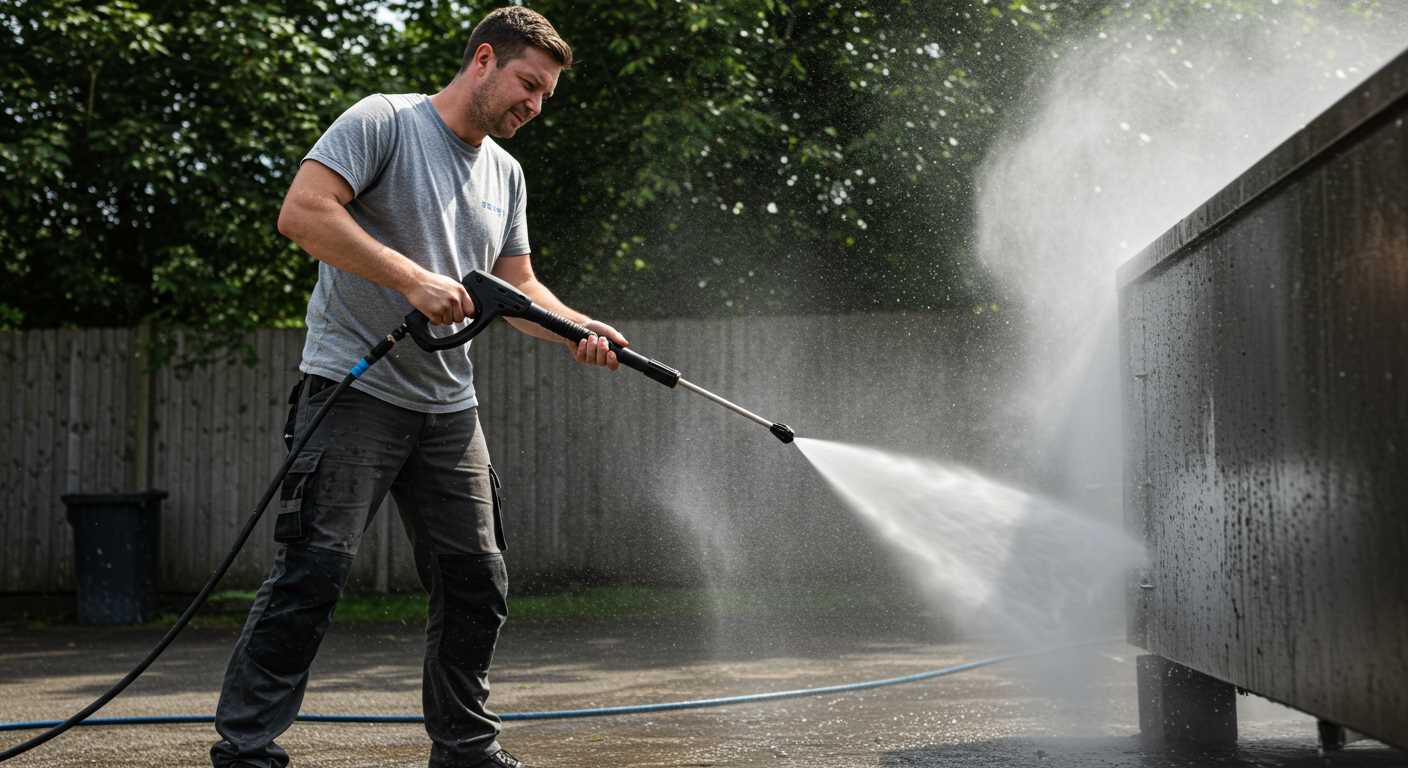
Opt for a lower setting and wide-angle nozzle to decrease the intensity of the stream. Direct water flow carefully, steering clear of vulnerable components such as mirrors, trims, and decals. After completion, ensuring a thorough inspection for any missed spots or potential issues will aid in preserving the vehicle’s condition. Adherence to these guidelines will significantly mitigate risks while refreshing your automobile’s appearance.
Understanding Pressure Washer Specifications
Prioritise machines with adjustable pressure settings to tailor the force to various surfaces. Ideal units allow for a range between 1000 to 2000 PSI (pounds per square inch) for automotive usage. Higher pressure can strip away paint or damage delicate components, so adjust carefully.
Flow Rate Insights
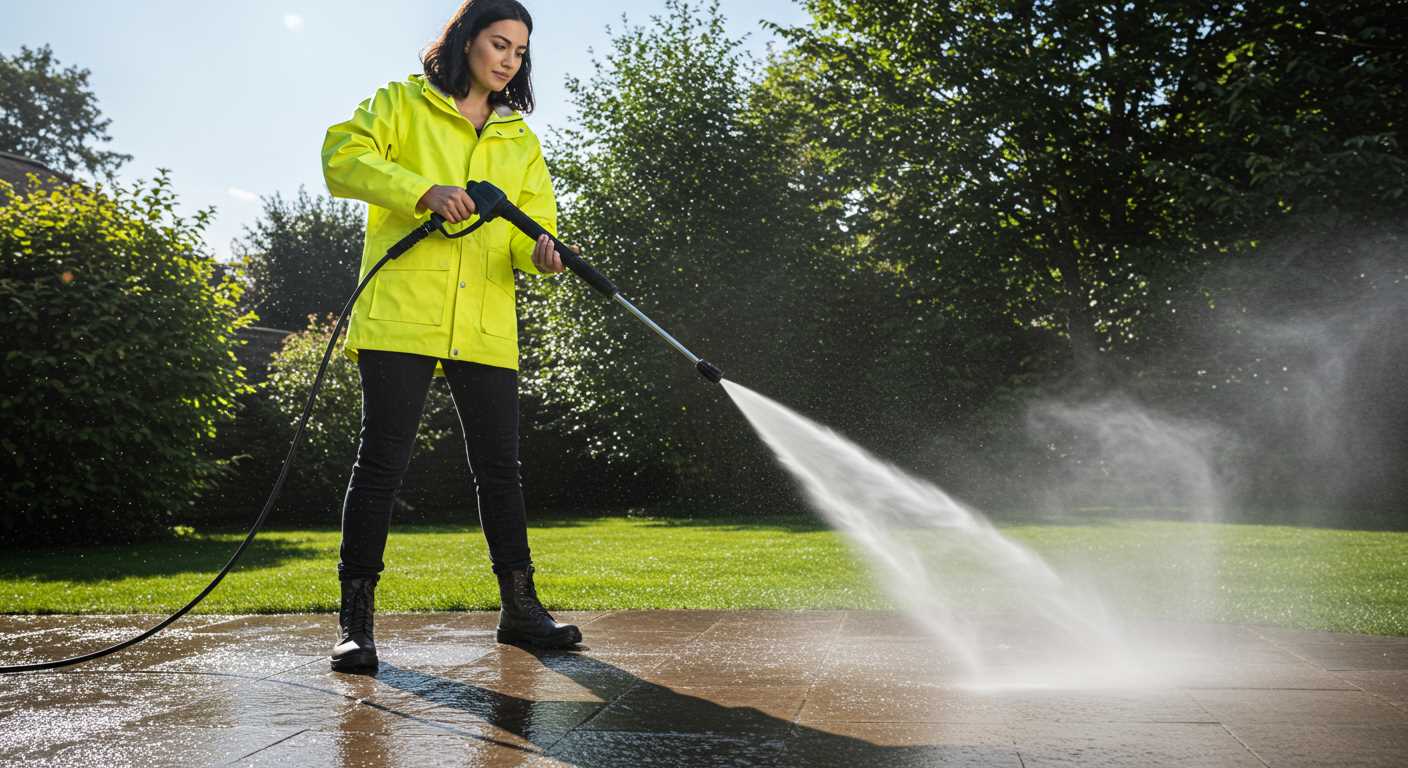
Pay attention to the flow rate measured in GPM (gallons per minute). A rate of 1.5 to 2.5 GPM is suitable for cleaning vehicles effectively without risk of harm. A higher GPM helps in rinsing off soap and dirt adequately but can occasionally lead to excessive force if combined with high PSI.
Accessory Considerations
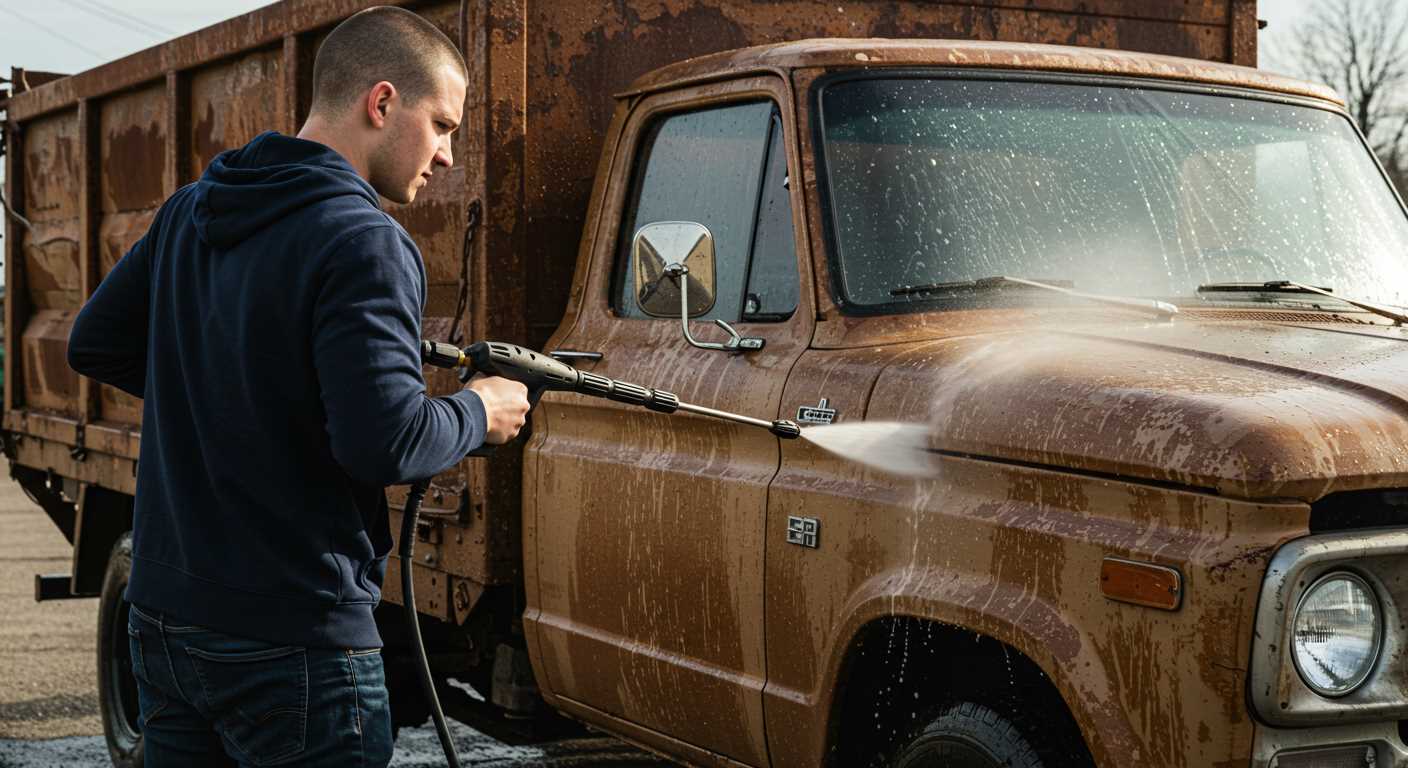
Selecting the right nozzle is crucial. Nozzles with a wider spray pattern (25 to 40 degrees) are safer for vehicles, minimising the risk of concentrated force that could result in unwanted effects. Additionally, using a foam cannon attachment with a proper car shampoo can enhance your cleaning while protecting the finish.
Always consult the manufacturer’s specifications before utilising a particular model, and consider the maintenance required to keep the machine in optimal condition. Proper upkeep prolongs the lifespan and ensures peak performance during each use.
Common Types of Vehicle Harm from High-Pressure Cleaning
Understanding how high-pressure cleaning can lead to unintended issues is crucial for maintaining your vehicle’s condition. Here are several types of vehicle harm that can result from improper use of these cleaning devices:
1. Paint Stripping
High-velocity jets can lift and strip paint from surfaces, particularly if the paint layer is thin or if the nozzle is placed too close. This often happens around edges, where paint may already be compromised. To avoid this, maintain a safe distance between the nozzle and the surface, ideally starting from at least two feet away.
2. Vinyl and Trim Damage
Vinyl decals, trim pieces, and rubber seals can become warped or torn when subjected to direct high-pressure streams. Over time, this can lead to unsightly gaps and allow moisture to penetrate, possibly causing further issues such as rust. Always use a fan spray setting for delicate areas to mitigate this risk.
3. Glass Risks
Windows and mirrors might be at risk of cracking or shattering if subjected to intense water streams, especially if there are already existing chips or weaknesses. It is advisable to avoid aiming high-pressure streams directly at glass surfaces and to utilise a lower setting if cleaning such areas.
4. Underbody Undercarriage Issues
While cleaning the undercarriage can remove dirt and grime, excessive force can dislodge protective coatings or loosen components. Regular maintenance is beneficial, but it’s wise to adhere to recommended settings and techniques to prevent any unnecessary wear on critical parts.
5. Engine Compartment Concerns
Directing high-pressure water into the engine bay can lead to moisture accumulation in electrical systems, potentially causing failures. Keeping the cleaning device away from sensitive electronic components is advisable. Consider using a lower output with careful spraying for this area.
By keeping these potential issues in mind and adjusting your cleaning techniques accordingly, you can maintain your vehicle in optimal condition and avoid costly repairs down the line. Always prioritise safety and manufacturer recommendations for best results.
Recommended Pressure Settings for Car Cleaning
For optimal results, set the unit to around 1200 to 1900 PSI when cleaning automobiles. This range is safe and effective for removing dirt without risking any damage to paintwork or delicate components.
Utilise a wide-angle nozzle, specifically a 25-degree option, to disperse the water effectively. This helps maintain a proper distance from the surface, preventing concentrated blasts that could harm the finish.
Start rinsing from the top and work your way down, ensuring that no high-pressure jets are directed straight at sensitive areas like windows, mirrors, or trim. Keep a minimum distance of about 2 feet between the nozzle and the surface to further minimise the risk.
When targeting stubborn grime, consider using an appropriate foam lance attachment. This allows detergent application without resorting to excessive pressure, providing a thorough clean while protecting the vehicle’s exterior.
Rinse thoroughly after applying any chemicals to prevent residue build-up. It’s advisable to use plain water at a lower PSI setting for this step, ideally around 1000 PSI, ensuring the surface is well-prepared for drying or additional detailing.
Safe Nozzles and Attachments for Vehicle Use
For optimal cleaning without risk, always opt for a nozzle with a wide spray pattern. A 25-degree or 40-degree nozzle is advisable, as these create a gentler fan of water that minimises the potential for harm to surfaces.
Recommended Nozzle Types
- Fan Nozzles: The 25-degree fan nozzle effectively clears dirt without intense force. It is ideal for painted surfaces.
- Turbo Nozzle: While more intense than a fan, the rotating motion disperses water, allowing for thorough cleaning while reducing the risk of concentrated blasts.
- Snow Foam Lance: This attachment applies foam, allowing for pre-soaking and loosening grime before a rinsing step, requiring less pressure overall.
Important Attachments
- Wash Brushes: Soft bristles are excellent for scrubbing without scratching delicate finishes.
- Surface Cleaners: Ideal for large flat areas, they distribute water evenly to prevent streaks and potential surface stress.
- Extension Wands: Allow for controlled cleaning from a safe distance, reducing the chance of unintentional contact with sensitive areas.
Always ensure that attachments fit securely to prevent accidental detachment during use. Prioritising the right nozzles and accessories significantly contributes to effective cleaning while safeguarding the integrity of the vehicle’s exterior.
Best Practices for Pressure Washing Your Car
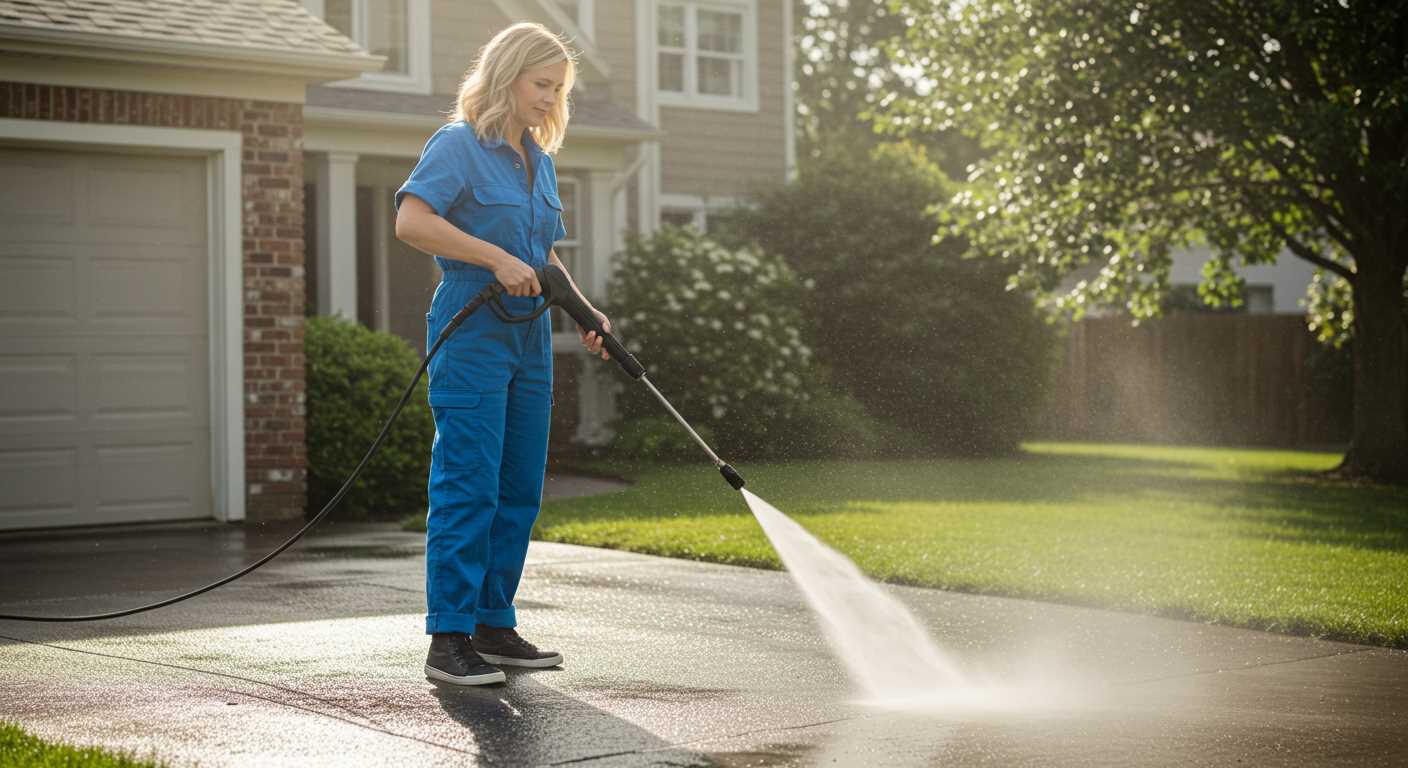
Always start at the top. Begin cleaning from the roof and work your way down to prevent dirt and grime from flowing onto already cleaned surfaces. Ensure that no windows are down and all openings are covered to prevent any liquid from entering the vehicle.
Preparation Steps
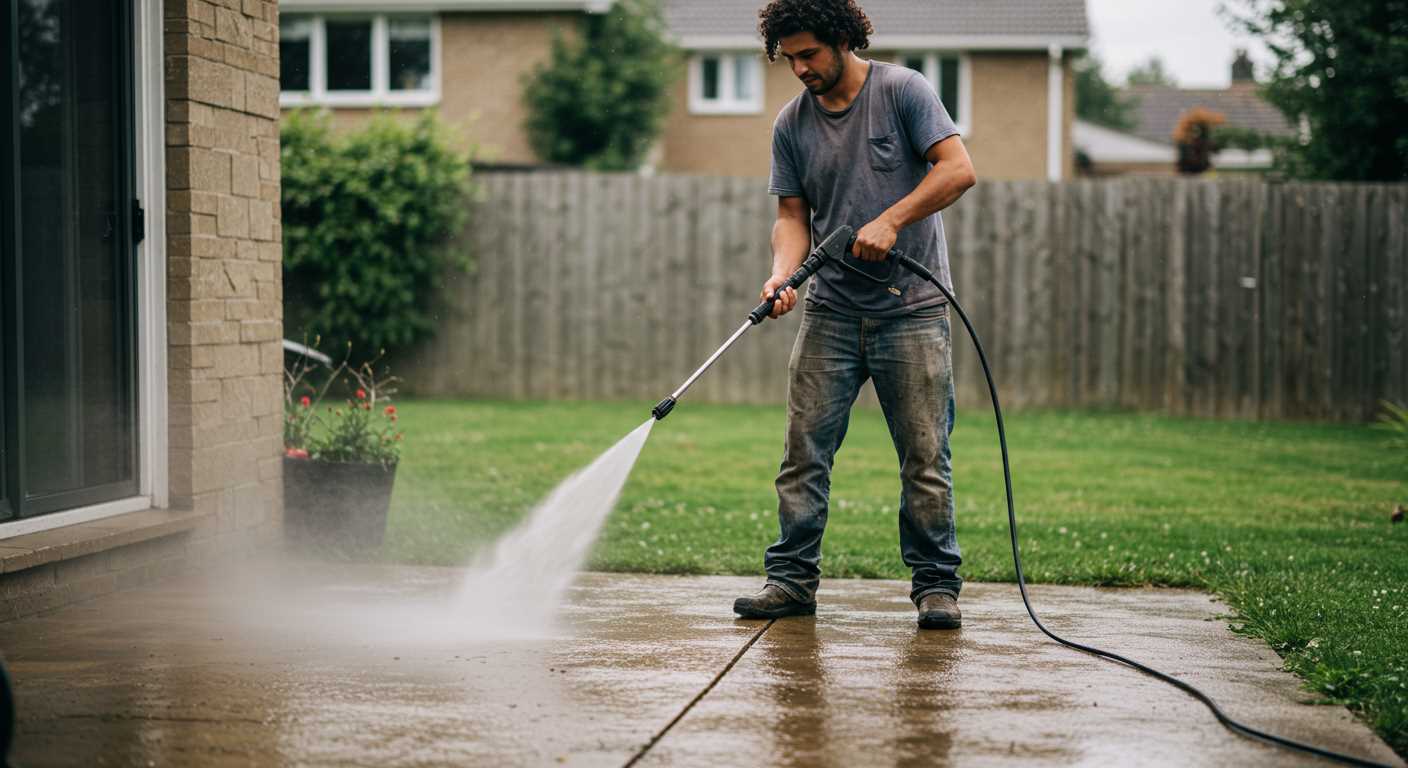
Before starting, thoroughly rinse the vehicle with water to remove loose dirt. This step helps minimise scratches caused by particles being blasted. Next, apply a dedicated automotive detergent using a foam cannon or bucket and sponge. Leave it to sit for a few minutes to loosen the stubborn grime.
Execution Techniques
Maintain a distance of at least 1.5 to 2 feet from the surface while spraying. Angle the nozzle at approximately 45 degrees to avoid concentrating the flow on one spot, which can cause issues with paint and trim. Use sweeping motions instead of holding the nozzle in one place. Finish with a low-flow rinse to ensure that soap is entirely removed.
Signs of Damage After Pressure Washing
Look for any inconsistencies in the paintwork. Scratches, swirl marks, or dull spots can indicate that improper techniques were used during the cleaning process. Pay close attention to areas around emblems and mouldings, where water may have forced its way in.
Common Indicators
Check for water marks, which can signal that debris was pushed into the clear coat. Take note of any peeling or flaking paint, particularly in the edges of panels. Inspect the seals and trims for any signs of dislodging or damage, which may lead to leaks.
Electrical Concerns
If dashboard lights behave erratically or electronic features malfunction, water intrusion is likely. Examine connectors and wiring near the engine bay for any signs of corrosion or moisture entry.
| Indicator | Description |
|---|---|
| Surface Scratches | Visible lines caused by high-pressure water dispersal |
| Water Marks | Deposits left by water that may indicate debris intrusion |
| Peeled Paint | Damaged clear coat revealing the paint underneath |
| Electrical Issues | Malfunctioning electronic components indicating moisture presence |
| Dislodged Seals | Gaskets around windows or doors that have shifted |
Addressing these concerns promptly can mitigate further issues, preserving the appearance and functionality of the vehicle. Regular inspection after a thorough clean is prudent.
When to Seek Professional Help After Pressure Washing
Assess the condition of the exterior immediately following the cleaning session. If you notice scratches, paint chipping, or issues with seals and trim, it’s time to reach out for expert assistance.
Consider professional services when:
- Any degree of clear coat damage is visible.
- Water intrusion occurs in areas where it should not, indicating potential seal failure.
- Electrical components show signs of malfunction or water exposure.
- Hoses or pipes reveal visible signs of wear, cracking, or leakage.
- Signs of discolouration or altered paint finish appear.
- Wheel wells and body crevices accumulate debris that might require specialised tools to clear.
Documentation and Warranty Check
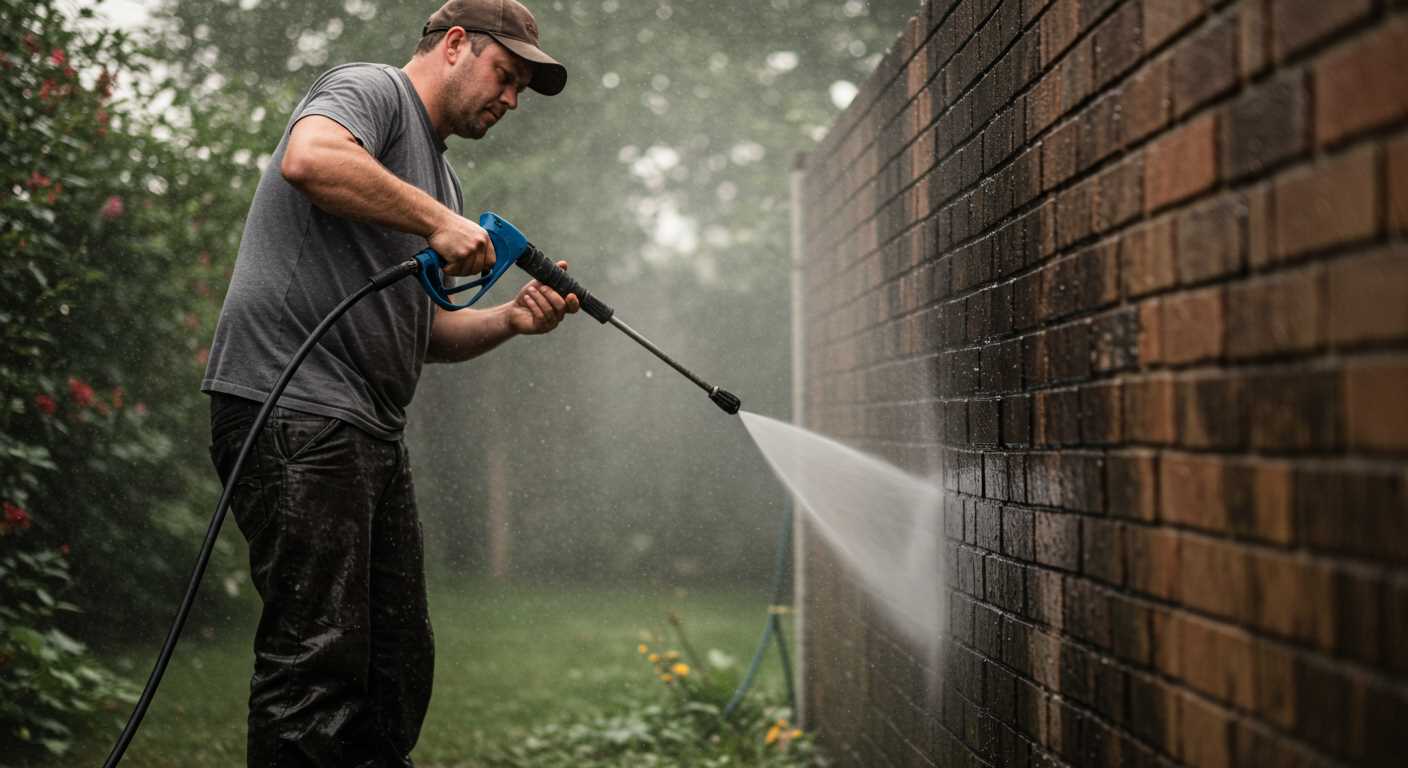
Review any warranty considerations before proceeding with external repairs. Often, hiring specialists can maintain warranty coverage on paint and components. Ensure to document any visible issues for future reference.
Cost Consideration
Evaluate the potential costs of repairing overlooked damage against the expenses associated with professional consultations. This assessment can guide whether seeking help is a wise financial decision.


